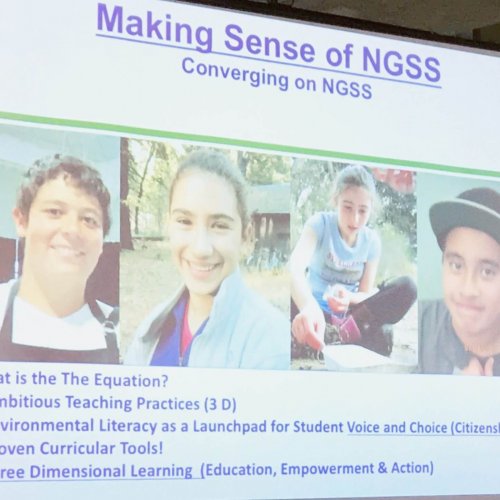
The California Regional Environmental Education Community (CREEC) Network is a program of the California Department of Education to support environmental literacy of California’s students by providing teachers with access to high quality environmental education (EE) resources. In addition to being...
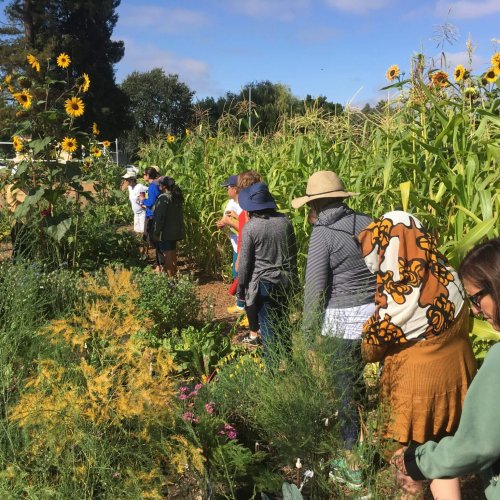
How can educators better understand and teach environmental literacy in our schools? With support from California’s Environmental Literacy Steering Committee and the California Subject Matter Projects, the California International Studies Project (CISP) created a new professional learning program to address...

Being an educator is not an easy job. In my short career in education I have learned how much education policy, standards, and frameworks can change. For me, the first change came with Common Core State Standards (CCSS), and now...
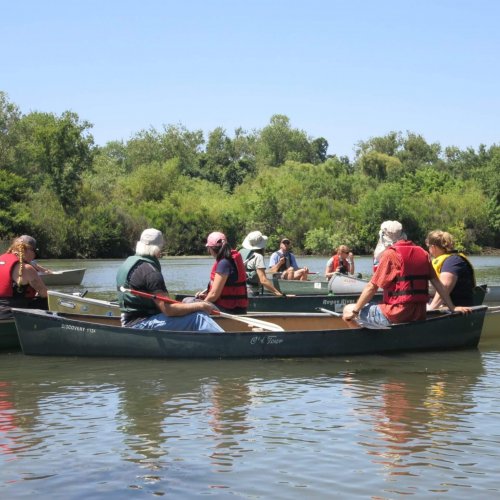
“A free-flowing river—the last of its kind—winds through 80 miles of rich habitat. Down the western side of the Sierra Nevada and across the Central Valley, the Cosumnes River flows through farmland, pastures, rare oak woodlands, and wetlands that support...
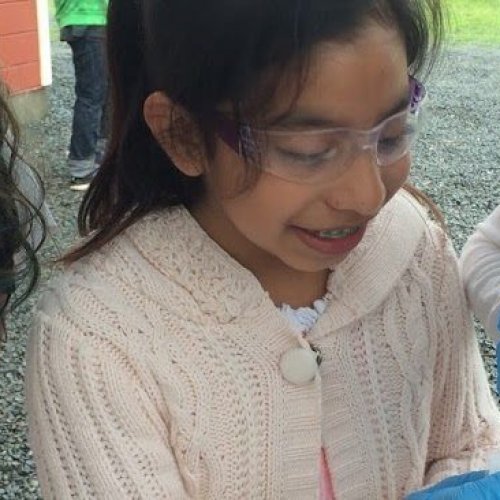
I enjoyed a much needed sojourn into the Eastern Sierras this summer. For two weeks, my husband, our two Queensland Heelers, and I cruised our truck camper in and out of the mountains north and south of Bridgeport, California. We...
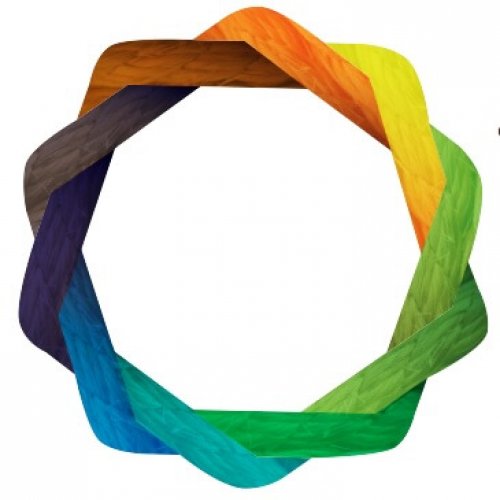
As a kindergarten teacher, one of my goals at the beginning of each school year is to have my students reading and (hopefully!) writing by June. At the beginning of every year I realize what a monumental task it is...
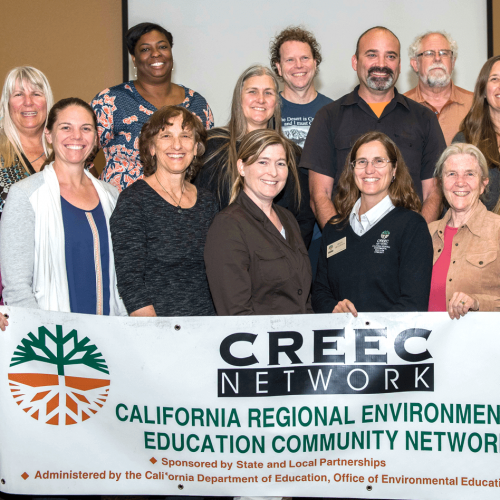
As a new-ish CREEC Coordinator, I experienced a combination of awe, humility, and a call to activism at this June’s first conference for the California Regional Environmental Education Community (CREEC) Network in nearly a decade. I became a CREEC coordinator...
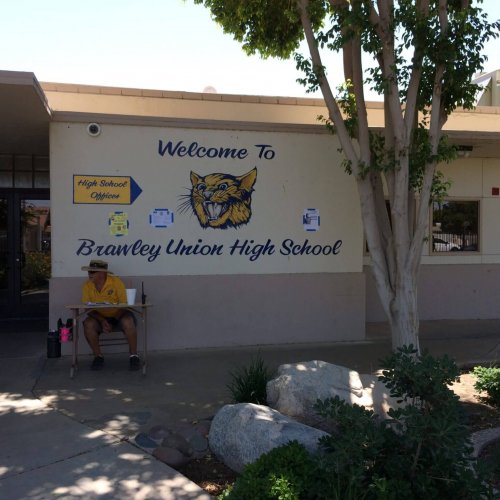
It’s a sunny May morning in the Imperial Valley; by 8:00am it’s already 90° and climbing. I arrived the afternoon before and decided to avoid the interstate by taking the 78, a winding two-lane road that at times looks like...
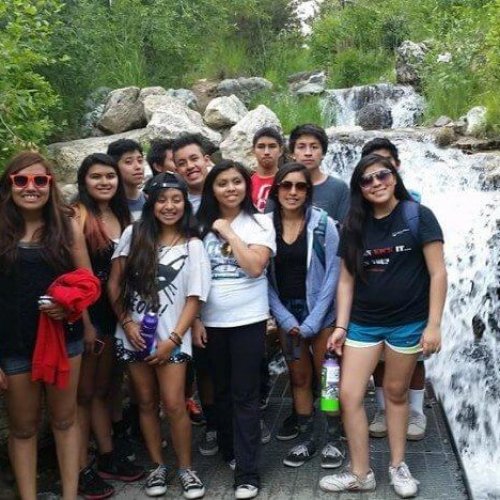
Science is central to how we understand and make sense of the world around us. Could it be that the best way to teach science might be to turn that idea on its head? The natural world is central to...
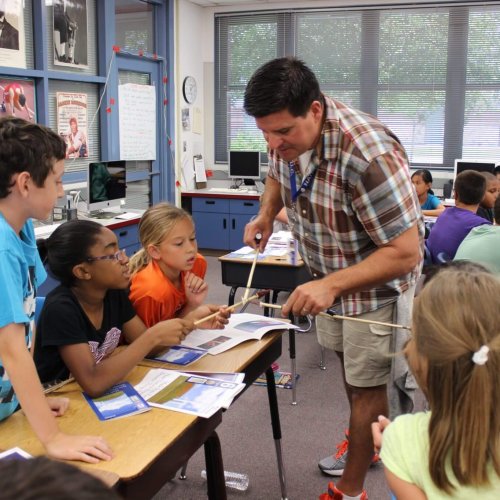
If a teacher decides to adopt a project based learning (PBL) approach, even the Gold Standard Project Based Learning unit, the most comprehensive tier of PBL strategies, starts with a simple question: What’s the content that teachers will use to...
"*" indicates required fields
Copyright © 2025 Ten Strands
Notifications